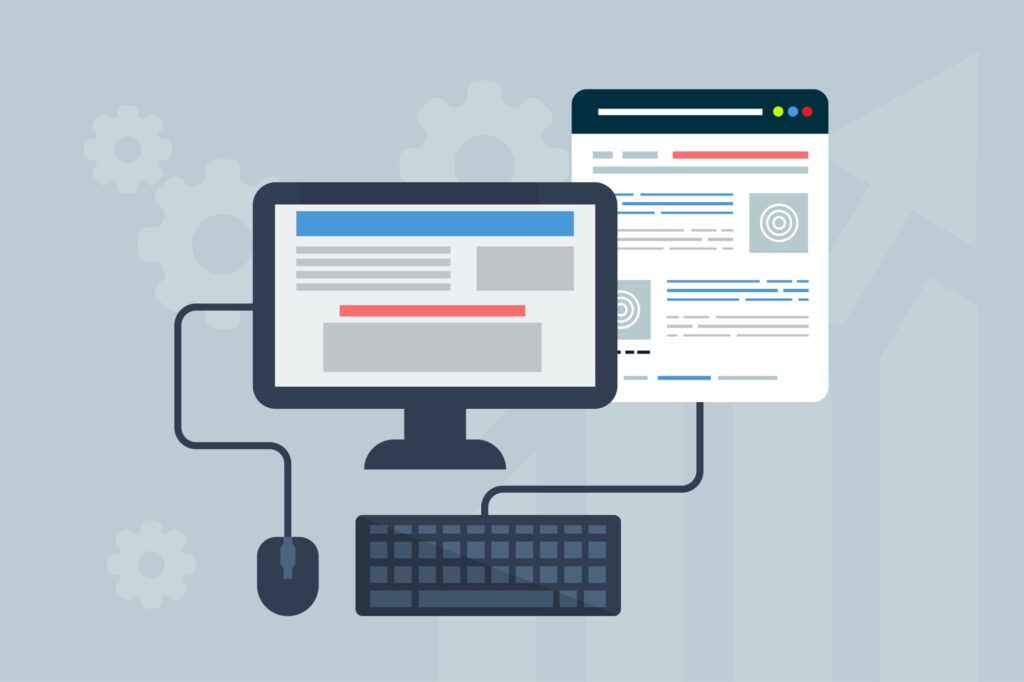What is Pagination and what is Google changing about it?
March 13, 2020
Digital MarketingTechnologyWebsite
Google has been a web giant for a while now, and with that kind of pull they tend to make a lot of trends we see in websites. Including how we format and market our websites in order to get the most traffic. Last year Google tweeted out that it was time to clean up some of the clutter on our websites, mostly the vast pagination that a lot of websites have for organizing. This year it’s time to look into what that really means for you and your website.
What is pagination?
You’ve probably seen a lot of pagination while using the internet but never really knew it. If you’ve searched for something on google and seen how many pages there are with possible answers, that’s pagination. Or if you were on a product page and reached a point where it asked if you wanted to load more, that’s also pagination. It’s how we categorize similar information on our website so that you don’t have one never-ending page filled with all the information.
Why do we use it?
No one wants to scroll through a super long page trying to pinpoint one particular product, blog, or sentence. Which is why categories are so important, and why someone created ctrl+F. We live for convenience. We want to find what we are looking for as quickly as possible so that we can consume and use the new information we have.
When people come to your website they have a goal in mind. They are looking for a product or information, and if they don’t find it easily they will leave to look elsewhere.
What are the cons?
Pagination can be a great organizational tool…but it can also get excessive if you haven’t updated your site in a long time. Updating your websites and auditing the information you have is a necessary part of having a website. Because when you don’t you can end up with information that is buried behind layers of category pages that are difficult to navigate successfully.
What does Google intend?
Google doesn’t intend for you to give up pagination entirely. Imagine if amazon was a one page site and you had to sift through billions of products in order to find the one you wanted? IT would be horrible!
Instead Amazon has a lot of different categories that they use to organize their products into separate pages. Which are broken up into even smaller categories, helping searchers find exactly what they are looking for.
This method of cross linking using tags and categories can cut back on how many pages you will have. GoogleBot’s don’t want to crawl super deep pagination, which is why the categorization method is a great solution. It breaks it up so pagination sets are just deep enough, and just flat enough that finding information on your website won’t be a hassle. So use categories and tags!
Not only will Google love you for it, but so will visitors on your website when they are able to find things by quick selecting tags.
What should you do?
The first thing you should do is make sure to update your website regularly. Keeping it up to date makes a big difference to your visitors and Google. It also means that you aren’t letting your content be stagnant and out of date. Companies change, your website should reflect that change with new content and text. This doesn’t mean that you only update your websites every few years, you should be uploading weekly content like blogs while making regular adjustments monthly or as needed.
If you have old content that wasn’t published during a time when you had categories and tags you should consider going back and tagging them. Or if you keep track of your SEO and have noticed it isn’t bringing in traffic you can consider archiving it instead.



